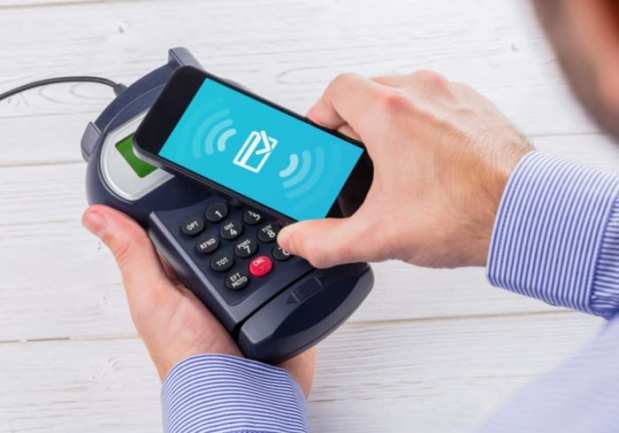Why mPOS Could Be The Cornerstone Of Digital Wallet Acceptance

To pay for their retail purchases, some consumers are embracing mobile wallets — but adoption varies across different countries. While consumers in the United States haven’t entirely warmed to this payment method, shoppers in places such as China are leaping from cash to mobile without stopping at credit cards as an intermediary step.
However, merchants must be able to accept digital wallets on their mobile point-of-sale (mPOS) and POS devices in order for consumers to be encouraged to use them, according to the PYMNTS mPOS Tracker. And now, both financial and payments players globally are working to foster greater adoption of mobile wallets to make it easy for shoppers to use and companies to accept.
From Taiwan’s FamilyMart to T-Mobile, retailers and communications providers are working on letting consumers make payments through mobile wallets — among other innovations — through mPOS systems. These are just some of the ways firms are working toward a future of mobile payments with developments in POS technology:
The value of Taiwanese mobile payment transactions made in January and February 2019 was $410 million. Taiwan’s FamilyMart convenience store company, for instance, recently unveiled a cashless payment app called “My Famipay” for smartphones. The service, which was to be available to Taixin International Bank or Cathay United Bank cardholders, would let users tap into limited-time offers or transfer gifts. Those who download the app and make a purchase with the offering’s first public rollout phase will receive a reward like coffee or tea. The news comes as mobile payments by Taiwanese consumers reached $1.55 billion in 2018. Banking Bureau Chief Secretary Phil Tong told the Taipei Times, “It seems that local consumers are getting increasingly used to the new payment methods, such as tapping their smartphones on a contactless billing machine, or scanning the QR code to pay.”
The expected compound annual growth rate (CAGR) of the NFC chips market between 2019 and 2023 is 7 percent. Last year, it was reported that the market for POS terminals that were near-field-communication (NFC)-ready reached an estimated 24.7 million units worldwide in 2017. The attach rate was highest in North America and Europe. NFC, too was a popular feature in other big markets around the world such as Turkey and Brazil as well as China. While many are embracing the technology, it was reported that a lot of terminals still don’t have their contactless features turned on. But it was reported that the mPOS market is growing faster than the traditional POS terminal market.
The portion of Visa transactions made at contactless-enabled merchants, as of January 2019, is 60 percent. Tapping to pay with contactless cards has taken off remarkably around the world — and in the United States, following years of lagging behind per a May post from Visa. Dan Sanford, the firm’s global head of contactless payments, wrote in the post, “Visa is excited to share that tapping to pay is becoming a reality across the U.S. and continues to gain momentum globally.” Tapping is becoming a dominant payment factor quickly around the world. With the exclusion of the U.S., almost half of all Visa transactions at physical points of sale occur through contactless card tap. That figure is closer to 60 percent in Central Europe, the Middle East, Africa and Canada.
The projected CAGR of the global mPOS market from 2017 to 2026 is 18 percent. And communications companies are capitalizing on this trend: In March, T-Mobile announced a new program directed toward businesses, removing some of the fees charged by other providers of mobile POS solutions. In a press release, T-Mobile said it is taking on Square and Clover with its mPOS solution called GoPoint by T-Mobile for Business that is said to offer free same-day funding, live technical support around the clock and no software licensing fees. T-Mobile for Business Executive Vice President Mike Katz said, according to the press release, “T-Mobile is on a mission to eliminate pain points for consumers and businesses alike.”
The share of U.S. retail sales made with mobile wallets is 3 percent. And merchants are adding mobile wallets to their apps: In April, Uber announced that it was adding Apple Pay to its popular Uber Eats program per reports. Users who want to tap into the payment method could do so using the Face ID or Touch ID option inside the app for Uber Eats. At the time, it was reported that Apple Pay already functioned in numerous apps such as Staples, Lyft and Instacart. Uber Eats was to roll out Apple Pay to almost 20 markets per the report such as the U.S., the U.K., Belgium, Ireland Taiwan and Sweden, among other countries.
From Uber to T-Mobile, merchants and communications providers are driving mobile payments with the help of technological developments. And mPOS solutions that have robust safety features will give shoppers the confidence that their data will stay protected with the latest developments in technology.
